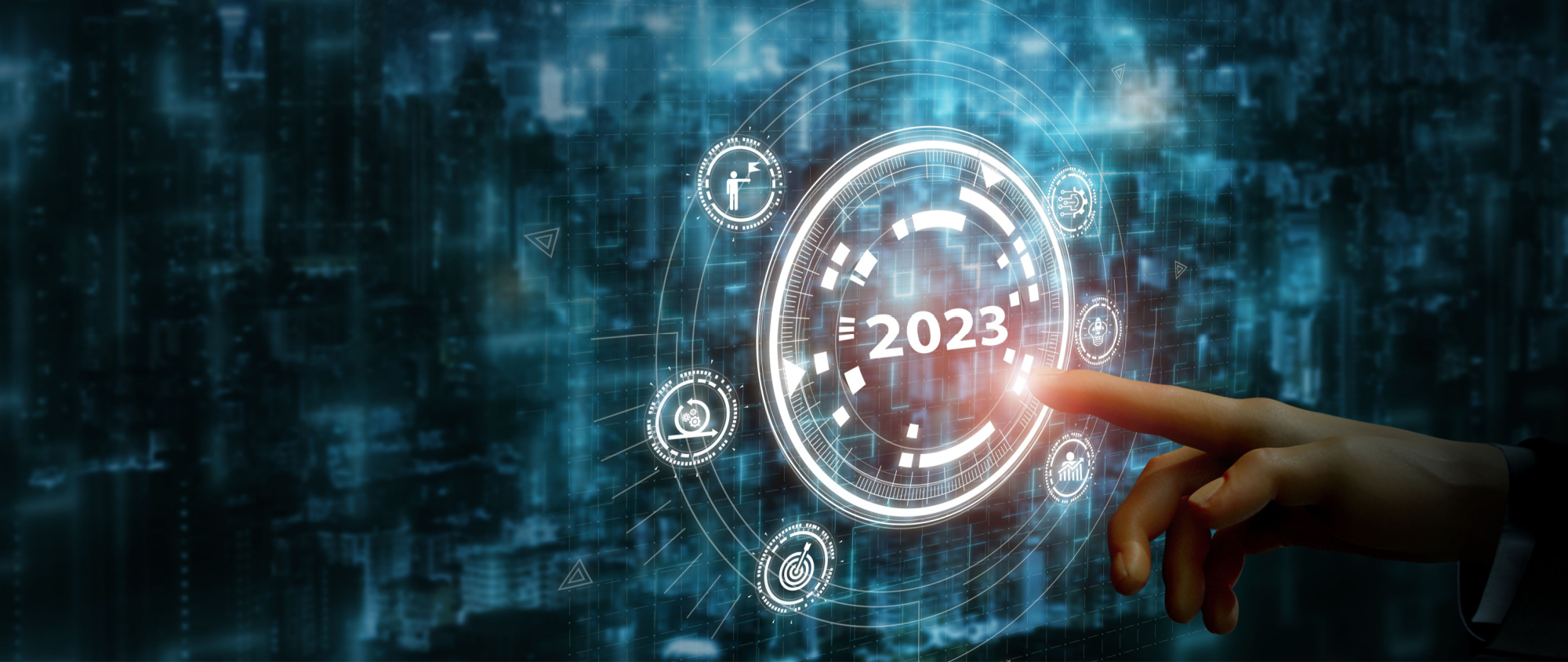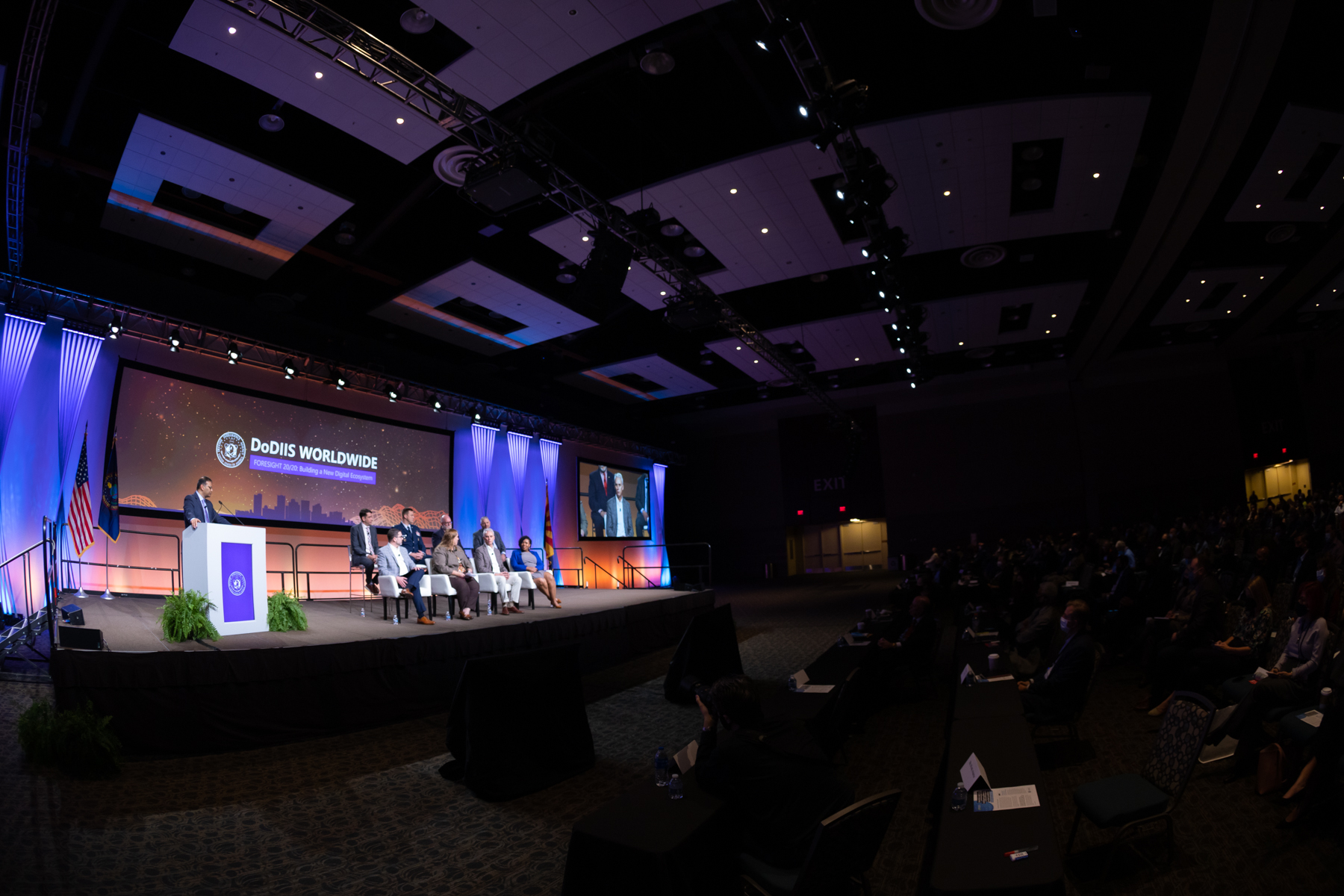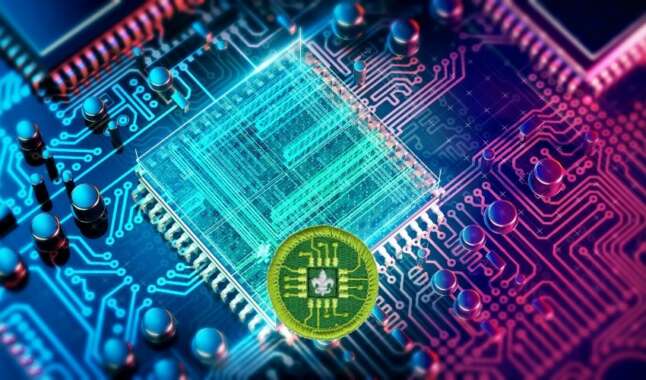
Doe Cybersecurity And Technology Innovation Conference is an event focusing on cybersecurity and technology innovation. This conference aims to bring together professionals from the industry to discuss the latest trends, challenges, and advancements in cybersecurity and technology innovation.
With a diverse range of speakers and interactive sessions, this conference provides a platform for learning, networking, and collaboration in the field of cybersecurity and technology innovation. Whether you are a cybersecurity professional, a technology enthusiast, or simply interested in staying updated with the current developments, this conference offers valuable insights and opportunities to engage with fellow professionals in the industry.
Get ready to explore the world of cybersecurity and technology innovation at the Doe Cybersecurity And Technology Innovation Conference.
Session 1: Cybersecurity Challenges In The Digital Age
The emergence of digital technologies has brought about numerous cybersecurity challenges in today’s digital age. As technology continues to advance at a rapid pace, so do the threats that accompany it. From data breaches to malware attacks, businesses and individuals alike face a range of new risks.
To effectively address these emerging threats in the digital landscape, organizations must adopt proactive defense strategies. It is no longer sufficient to simply react to attacks after they occur; rather, businesses should be working to anticipate and prevent potential breaches.
By investing in robust cybersecurity measures, conducting regular risk assessments, and staying well-informed about the latest threats, organizations can significantly enhance their security posture. Proactive defense strategies are crucial in safeguarding sensitive information and ensuring the trust of customers and stakeholders.
Only by staying ahead of the curve can businesses thrive in today’s digitally-driven world.
The Buzzword: Digital Defense
Digital defense is a buzzword in the cybersecurity and technology innovation conference. Understanding this concept is crucial. It involves leveraging advanced technologies for protection against cyber threats. With the increasing reliance on digital platforms, organizations need robust defense mechanisms. This encompasses safeguarding networks, systems, and data from unauthorized access and potential breaches.
Digital defense involves implementing preventive measures, such as firewalls and encryption, to ward off attacks. Additionally, continuous monitoring and threat intelligence play a pivotal role in staying one step ahead of cybercriminals. Adopting a proactive approach and staying updated with the latest security trends and technologies is vital.
Prioritizing digital defense ensures the safety and integrity of digital assets, providing peace of mind for individuals and organizations alike. Strong digital defense is the foundation for a secure and resilient digital ecosystem.
Shaping The Future Of Cybersecurity
The Doe Cybersecurity and Technology Innovation Conference is a platform that will undoubtedly shape the future of cybersecurity. One of the key aspects that will be discussed is the role of artificial intelligence (AI) and machine learning in enhancing cybersecurity measures.
The advancements in AI and machine learning technologies have allowed for innovative detection and mitigation techniques to be developed. These technologies have the ability to analyze vast amounts of data and identify potential threats in real-time. By utilizing AI and machine learning, organizations can stay one step ahead of cybercriminals and protect their sensitive information more effectively.
The conference will serve as a forum for experts in the field to share their insights on these important developments and explore avenues for further innovation. Attendees can expect to gain valuable knowledge and practical strategies to enhance their own cybersecurity practices.

Credit: www.ncsi.com
Session 2: Technology And Innovation Showcase
Session 2 of the Doe Cybersecurity And Technology Innovation Conference focused on the Technology and Innovation Showcase. The session highlighted the latest advancements in cybersecurity technologies, featuring demonstrations of cutting-edge defense solutions. Attendees had the opportunity to witness firsthand how these technologies are reshaping the industry and enhancing security measures.
From advanced threat detection systems to innovative encryption methods, the showcase presented a wide range of solutions aimed at combating cyber threats. The event provided valuable insights and inspired discussions regarding the future of cybersecurity and the role of technology in mitigating risks.
With the ever-evolving cyber landscape, conferences like this are crucial in fostering collaboration and driving innovation in this critical field.
Securing Iot Devices
Securing IoT devices is crucial to address vulnerabilities in connected devices. Implementing robust security measures is necessary to protect against potential cyber threats. By ensuring that IoT devices have strong encryption protocols and authentication mechanisms, organizations can safeguard their networks and data.
Regularly updating software and firmware is also essential to patch any security vulnerabilities. Conducting thorough vulnerability assessments and penetration testing can help identify and address any weaknesses in IoT device security. Additionally, implementing network segmentation can isolate IoT devices and prevent unauthorized access.
Educating users about best practices for IoT device security, such as avoiding default passwords and utilizing strong authentication methods, is also crucial. By taking these measures, organizations can enhance the security of their IoT devices and mitigate the risks associated with connected technologies.
Blockchain And Cybersecurity
Blockchain technology has emerged as a promising solution for enhancing cybersecurity measures. With its decentralized and immutable nature, blockchain offers a secure networking environment that safeguards sensitive data and transactions. This innovative technology finds various applications in the realm of cybersecurity.
For instance, it can be utilized to secure digital identities, authenticate users, and protect against data breaches. Blockchain can also be used to improve the transparency and integrity of cybersecurity processes, making it harder for hackers to exploit vulnerabilities. In addition, this technology allows for secure sharing of threat intelligence across organizations, enabling better collaboration in combating cyber threats.
The potential of blockchain for cybersecurity is vast, and its adoption is expected to revolutionize the industry by providing enhanced protection against evolving cyber risks.
Session 3: Cyber Threat Intelligence And Incident Response
Session 3 at the Doe Cybersecurity And Technology Innovation Conference focuses on Cyber Threat Intelligence and Incident Response. This session delves into the importance of harnessing threat intelligence for proactive defense, enabling organizations to stay one step ahead of potential cyber threats.
Attendees will gain insights on effective incident response strategies, empowering them to handle security incidents efficiently and minimize the impact. Experts in the field will share their knowledge and experiences, shedding light on the latest advancements and best practices in cyber threat intelligence and incident response.
This session is a valuable opportunity for professionals to enhance their understanding of the evolving cybersecurity landscape and network with industry peers. By attending Session 3, participants will gain valuable knowledge that they can implement within their respective organizations to strengthen their cybersecurity defenses.
Building Resilience With Threat Hunting
With cybersecurity threats becoming increasingly sophisticated, organizations need to focus on building resilience through threat hunting. By proactively identifying and mitigating threats, companies can enhance their incident response capabilities. Threat hunting plays a vital role in this process by enabling organizations to continuously search for potential threats that may have evaded traditional security measures.
By adopting this proactive approach, companies can stay one step ahead of cyber attackers and minimize the impact of security incidents. Threat hunting allows for the early detection of threats, enabling swift action to be taken to prevent or minimize damages.
Through ongoing analysis of network traffic, system logs, and other indicators, organizations can gather valuable insights to strengthen their cybersecurity defenses. By embracing threat hunting strategies, organizations can improve their incident response capabilities and enhance their overall security posture.
Lessons Learned From Real-World Breaches
Real-world breaches have provided valuable lessons on improving cybersecurity practices. By analyzing high-profile cyber attacks, companies can identify vulnerabilities and develop effective strategies to prevent future breaches. These lessons emphasize the importance of implementing robust security measures, regularly updating software and patches, and conducting thorough risk assessments.
Organizations should also focus on employee awareness and training programs to mitigate the risk of social engineering attacks. By staying informed about the latest threats and trends in cybercrime, businesses can proactively enhance their cybersecurity defenses. It is crucial to collaborate with industry experts, share information, and learn from each other’s experiences.
Continuous monitoring and incident response planning are essential to promptly detect and mitigate potential breaches. With the rapid evolution of technology, staying vigilant and proactive is key to protecting sensitive data and maintaining a secure online environment.
Session 4: Collaboration And Partnerships In Cybersecurity
Collaboration and partnerships are essential in the field of cybersecurity. By joining forces, both public and private sectors can foster an ecosystem that promotes shared responsibility in addressing cyber threats. This collaboration allows for the exchange of knowledge, resources, and expertise, leading to more effective strategies to combat cyber risks.
Sharing information and insights between organizations and industries can help identify emerging threats, develop proactive measures, and strengthen defenses. With the increasing complexity and sophistication of cyberattacks, it is crucial to establish strong alliances that leverage the strengths of each participant.
Public-private collaborations offer the opportunity to combine regulatory frameworks, technical capabilities, and industry insights to create a unified front against cyber threats. By working together, we can create a safer digital environment for all stakeholders involved.
Ethical Hacking And Bug Bounty Programs
Ethical hacking and bug bounty programs have become increasingly popular in the cybersecurity industry. Leveraging ethical hackers for vulnerability assessments allows organizations to proactively identify and address potential security issues. By engaging these skilled professionals, companies can stay one step ahead of cyber threats and protect their sensitive data.
Bug bounty programs further enhance security measures by encouraging responsible disclosure from ethical hackers. This incentivizes the reporting of vulnerabilities and provides an opportunity for organizations to resolve them before malicious actors exploit them. The collaboration between ethical hackers and businesses is a win-win situation, as it helps strengthen cybersecurity defenses while offering hackers recognition and rewards for their valuable contributions.
Keeping up with technology innovation and utilizing the expertise of ethical hackers is vital in today’s digital landscape to safeguard against cyber threats.
Cybersecurity Education And Workforce Development
The Doe Cybersecurity and Technology Innovation Conference aims to address the cybersecurity skills gap through promoting education and training in the field. With the increasing number of cyber threats and incidents, there is a pressing need for a skilled and knowledgeable workforce to protect organizations and individuals from attacks.
The conference brings together experts and industry leaders to discuss the latest trends, strategies, and best practices in cybersecurity education and workforce development. By fostering collaboration between academia, industry, and government, the conference aims to bridge the skills gap and equip professionals with the necessary knowledge and expertise to secure our digital future.
Attendees can expect a wide range of sessions, workshops, and networking opportunities to enhance their understanding and capabilities in the field of cybersecurity. Join us at the Doe Cybersecurity and Technology Innovation Conference to gain valuable insights and contribute to the advancement of this critical field.
Conclusion
The Doe Cybersecurity And Technology Innovation Conference was a resounding success, bringing together experts, professionals, and enthusiasts from the cybersecurity and technology realms. The conference provided a platform to share knowledge, exchange ideas, and discuss innovative solutions to combat the ever-evolving threats in the digital landscape.
Attendees had the opportunity to hear from top industry leaders and gain insights into the latest trends and techniques. The conference sessions were engaging, informative, and thought-provoking, leaving attendees with a wealth of knowledge and inspiration to apply in their respective fields.
The event fostered networking opportunities, allowing participants to forge new connections and collaborations that will undoubtedly drive further advancements in the cybersecurity and technology sectors. The success of the Doe Cybersecurity And Technology Innovation Conference reaffirms the importance of continuous learning, collaboration, and innovation to stay ahead in the rapidly changing world of cyberspace.







